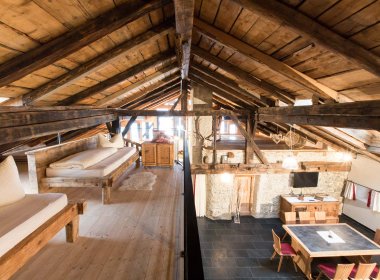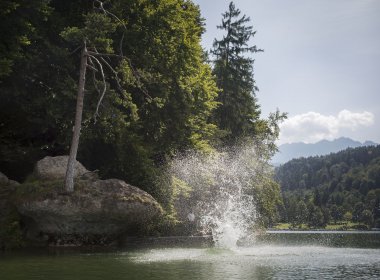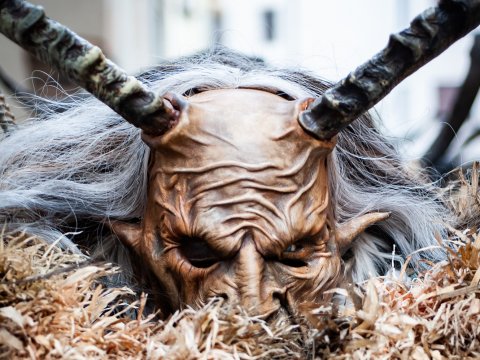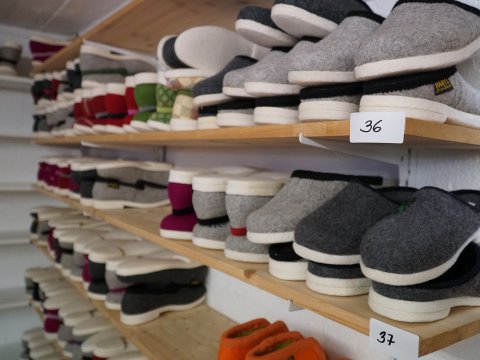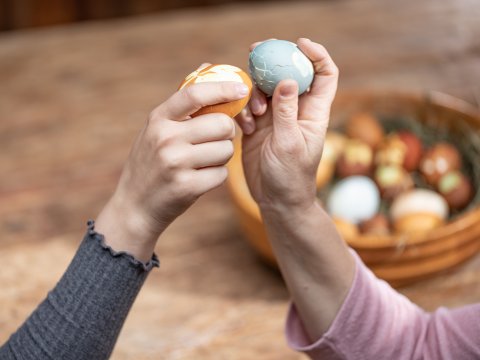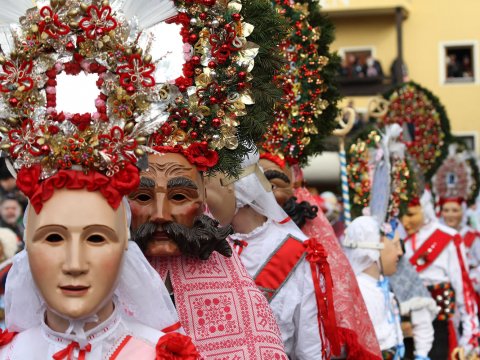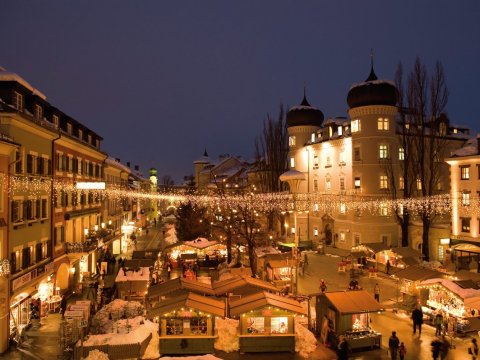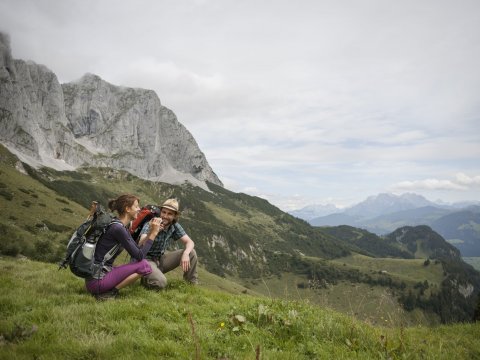Traditional Crafts of Tirol – Where Skills Meet Passion
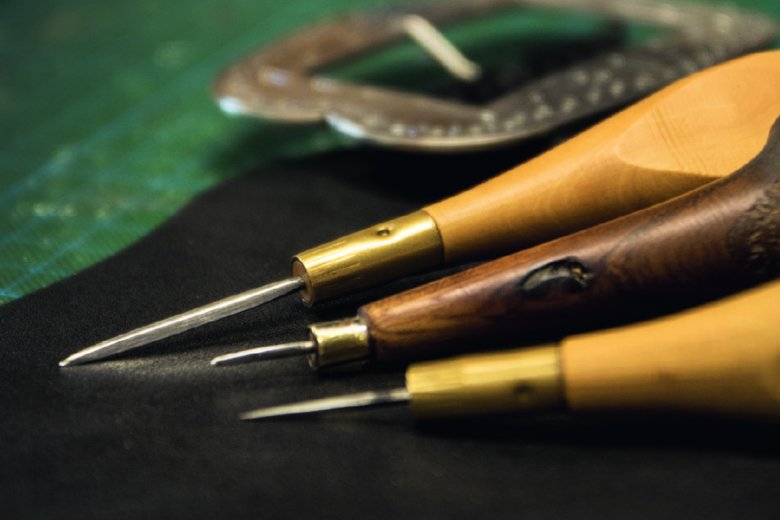
These are traditional crafts that could be identified as being “critically endangered”. In the age of globalization, their ‘natural enemies’ all seem to have an -ization ending, from standardization over technization to digitalization. However, in today’s increasingly virtual world, fortunately there’s also something appealing about making things by hand, using centuries-old techniques. Despite a decline in the handmade craft industry, especially with a lack of young people to pass the baton to in recent years, there is an increasing demand for traditional handcrafted products.
Luckily, there are artisans scattered around Tirol keeping these traditional crafts and elaborate workmanship alive. They use their very specialized skills to work over materials like leather, wood, metal, textiles, stone, porcelain, glass and soap. Here are a few such examples:
Günter and Marion Hartl, “Doggl” Makers:
Pope Benedict XVI wears them, and so does Vivienne Westwood: we are talking about the legendary slippers that are typical of the Zillertal Valley – the classic Doggl Clog. Thus a Doggl Maker – as the name suggests – crafts these hardwearing slippers named “Doggln” from felt, merino wool and loden. They are comfortable, and high quality, made to last. Moreover, they are designed to keep feet warm in winter and cool in summer. Marion and Günter Hartl produce up to 2000 pairs a year – they come in classic grey, in flashy pink and can be customized to your liking with embroideries or even sparkling Swarovski crystals—the choice is all yours!
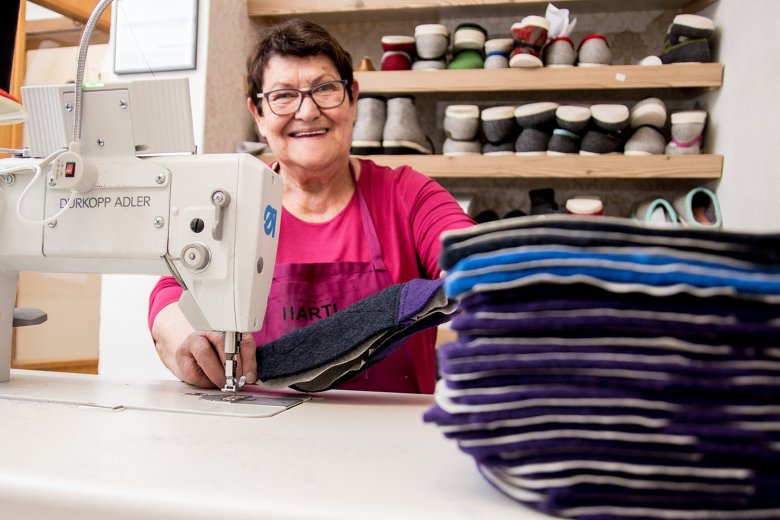
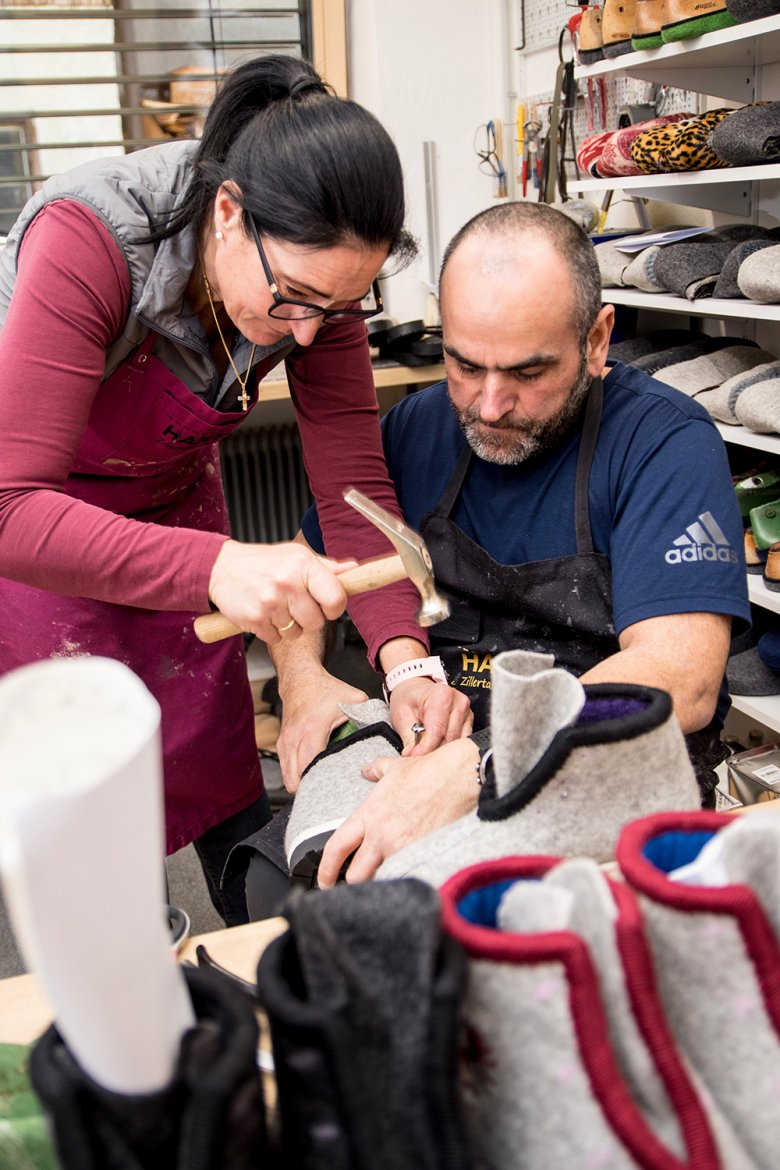
Stefanie Wimmer, “Säckler” Master:
“Säckler” is the occupational name for a purser, or for a bag-maker, from an agent derivative of Middle High German ‘seckel’, meaning purse or pouch. They were originally made from leather. The profession, however, includes making all kind of garment from leather, such as breeches, explains Susanne Gurschler in her new book “Handwerk in Tirol” (‘Traditional Crafts of Tirol’). One such example is Stefanie Wimmer. In the family-operated company in East Tirol, which has a proud 250-year long history, she processes hand tanned leather, preferably buck-skin, into breeches, jackets or vests. Her work is similar to the general cutting-out and trimming business of the tailor – the difference is that she exclusively works with leather. Each of Stefanie Wimmer’s pieces is unique and is made upon request. With the help of her modular system, clients can easily customize their perfect leather breeches.

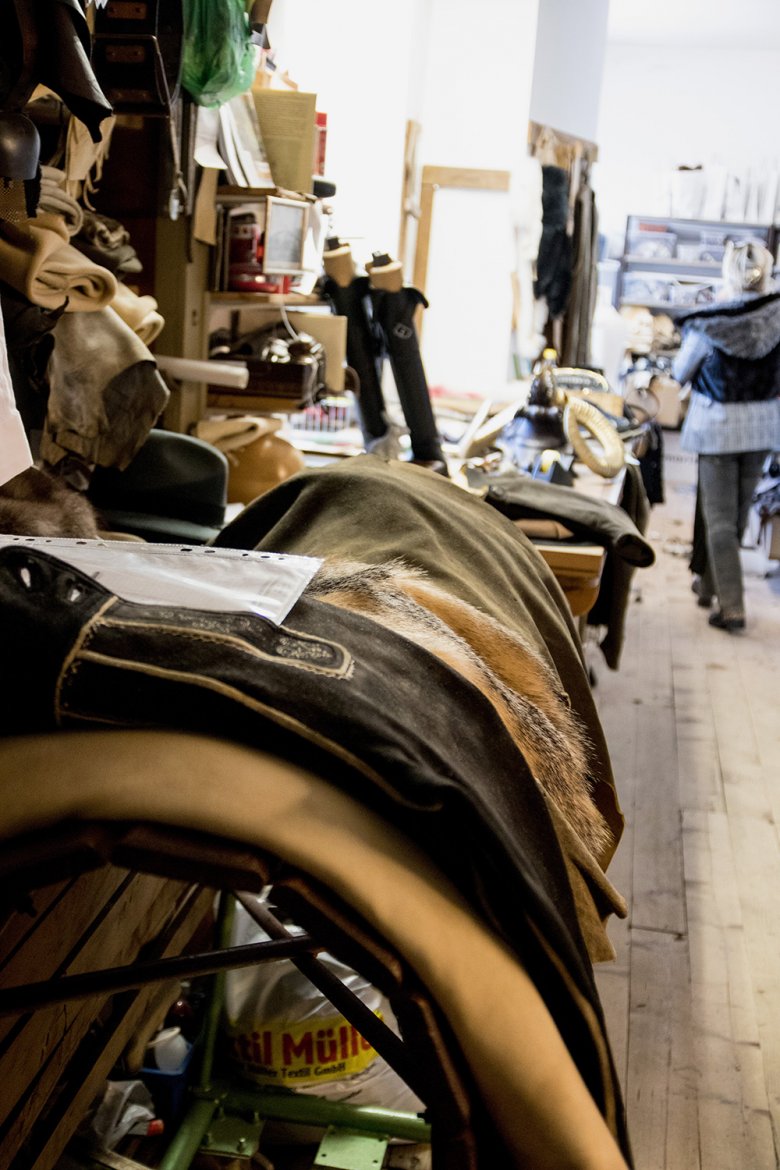
Chris Kieser, Micro Carver, Engraver, Painter:
Micro-carving is a blend of painting, sculpting, engraving, gold smithery and the ‘wisdom of ancient masters’. Tirol-native Chris Kieser is one of the last handful of artisans in the world blessed with the skills to create elaborate metalwork like these—and it’s easy to see why: He carves motifs into metal on such a minute scale that they are almost invisible to the naked eye, with up to 1000 single dots per square mm. His works embellish guns, caskets, belt buckles and many other objects, turning them into unique pieces of art. Seen in enlarged form, the carvings are flawless, particularly prized for the way light plays on them.
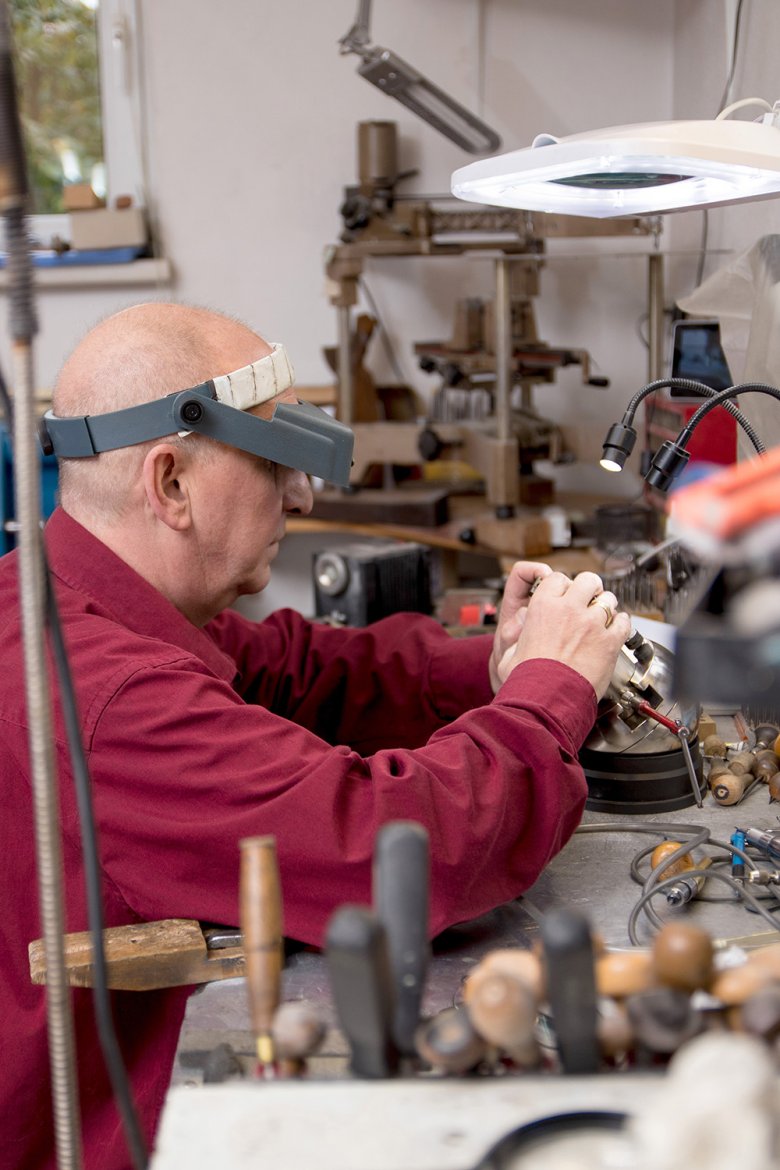
Günther Stecher, Stone Printer and Lithograph:
Printing from stone or lithography (from Greek ‚lithos‘, meaning ’stone‘, and ‚graph‘, meaning ‚to write‘) is another rare craft skill that is on the brink of extinction. In modern times of digital printing, the practice of lithography is disappearing – Günther Stecher is one of very few practitioners of this skill. The image is drawn back to front with oil-based chalk or ink onto the surface of a smooth, level lithographic Solnhofer natural stone slab – each weighing between 50 and 70 kilograms. The stone is treated with a mixture of acid and gum arabic, etching the portions of the stone that were not protected by the grease-based image. The stone and paper are pressed, transferring the ink to the paper and off the stone, producing a printed page that is an artwork – and that has absolutely nothing in common with today’s fast digital prints!
These and other examples of skilled artisans are introduced in Susanne Gurschler’s new book named “Handwerk in Tirol. Wo Können auf Leidenschaft trifft” (‘Traditional Crafts of Tirol – Where Skills Meet Passion’) – and where interested readers can learn about crafts that require imagination, concentration and precision. Available from Tyrolia Innsbruck.











